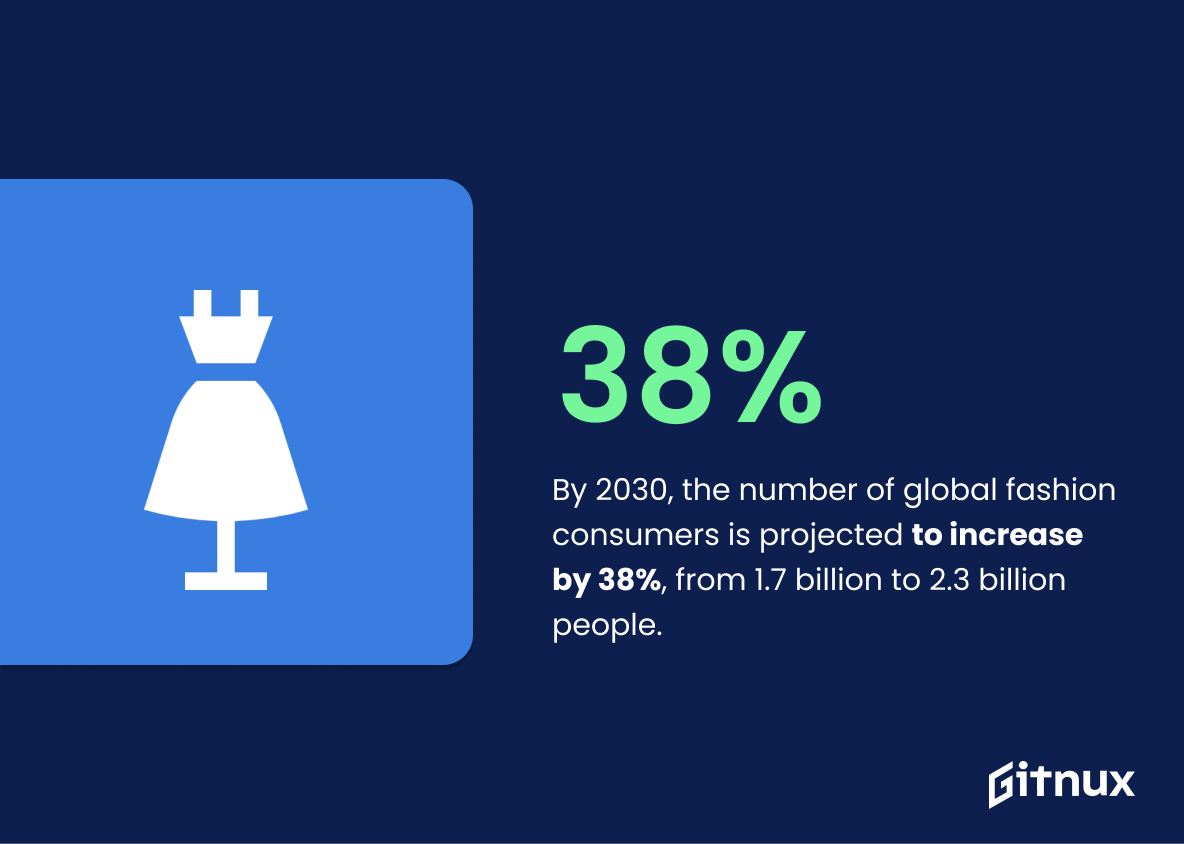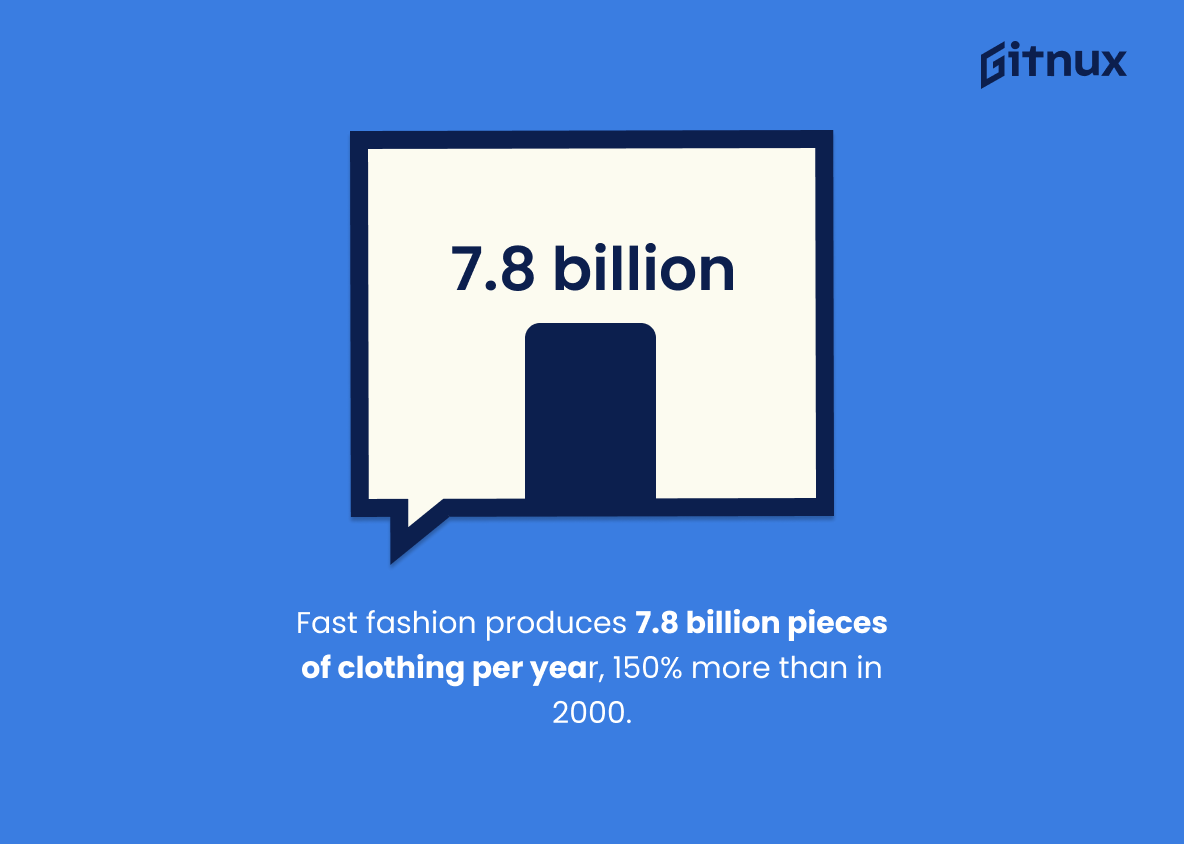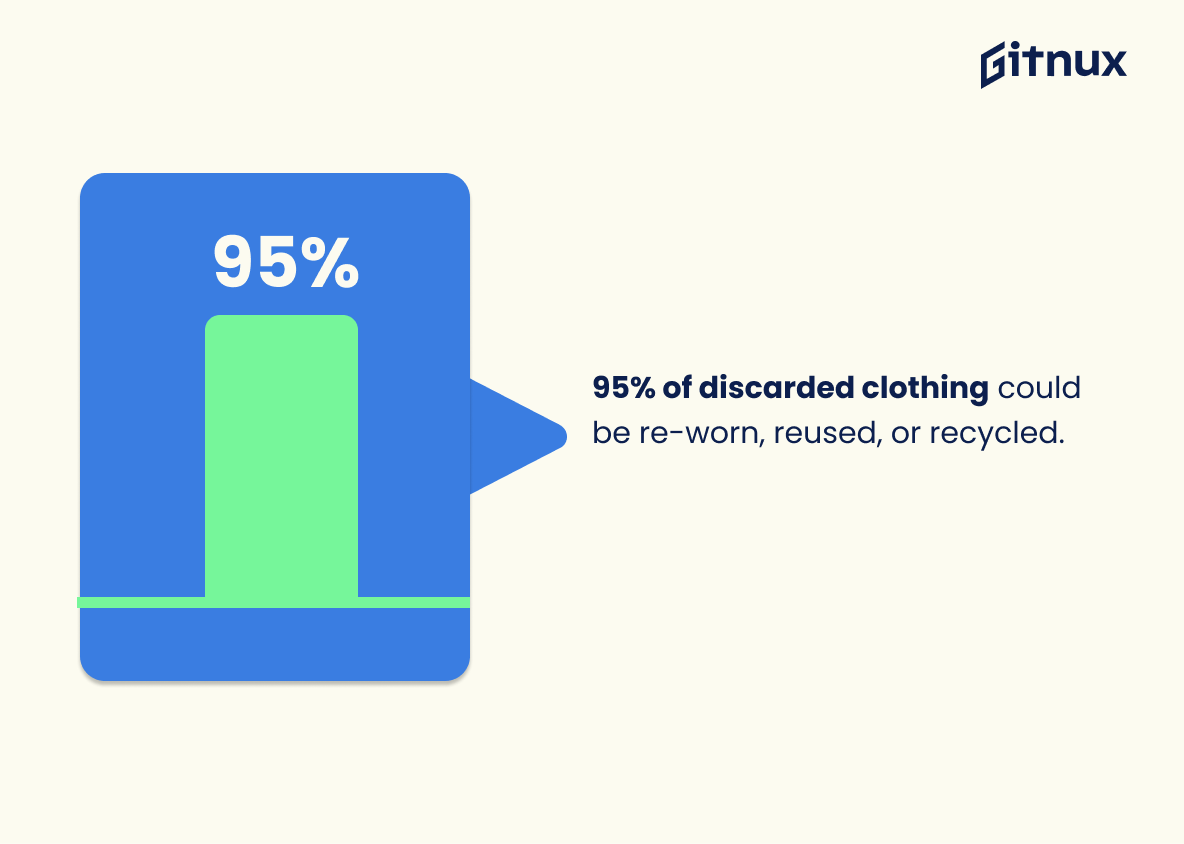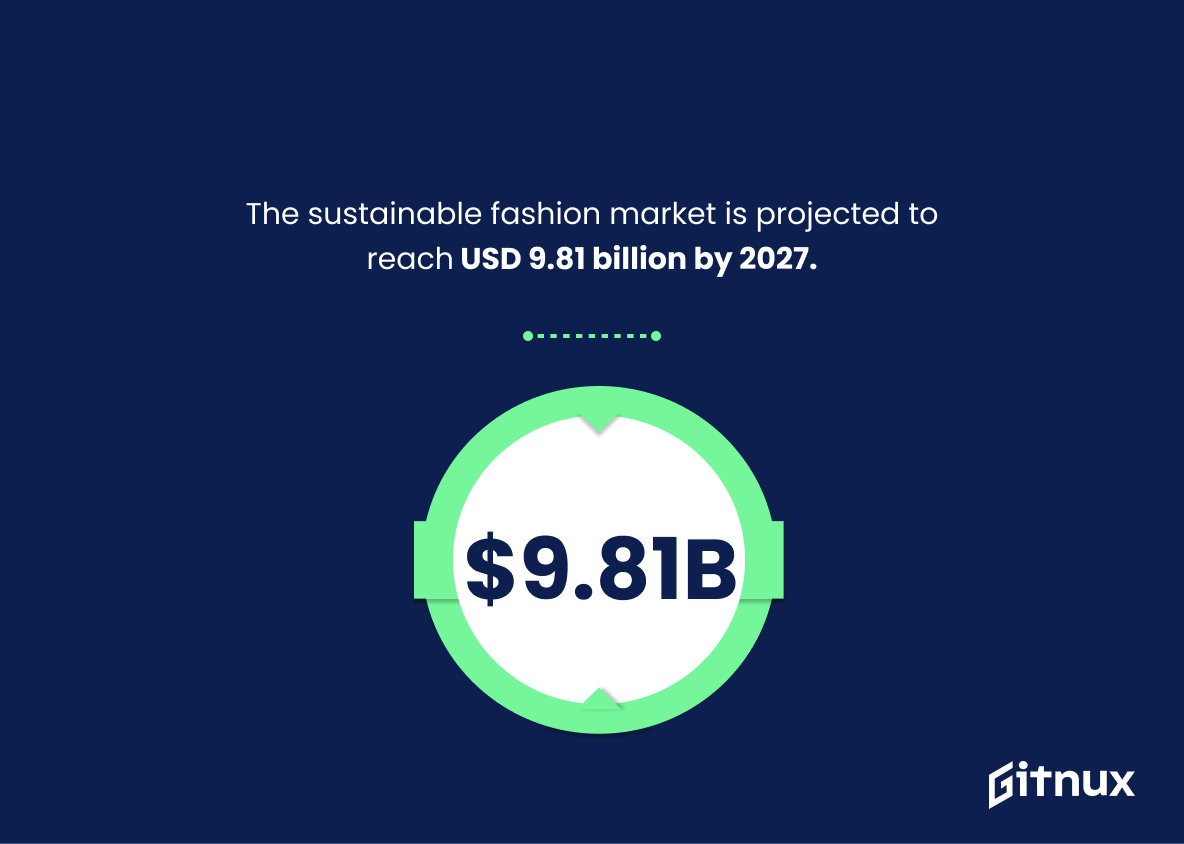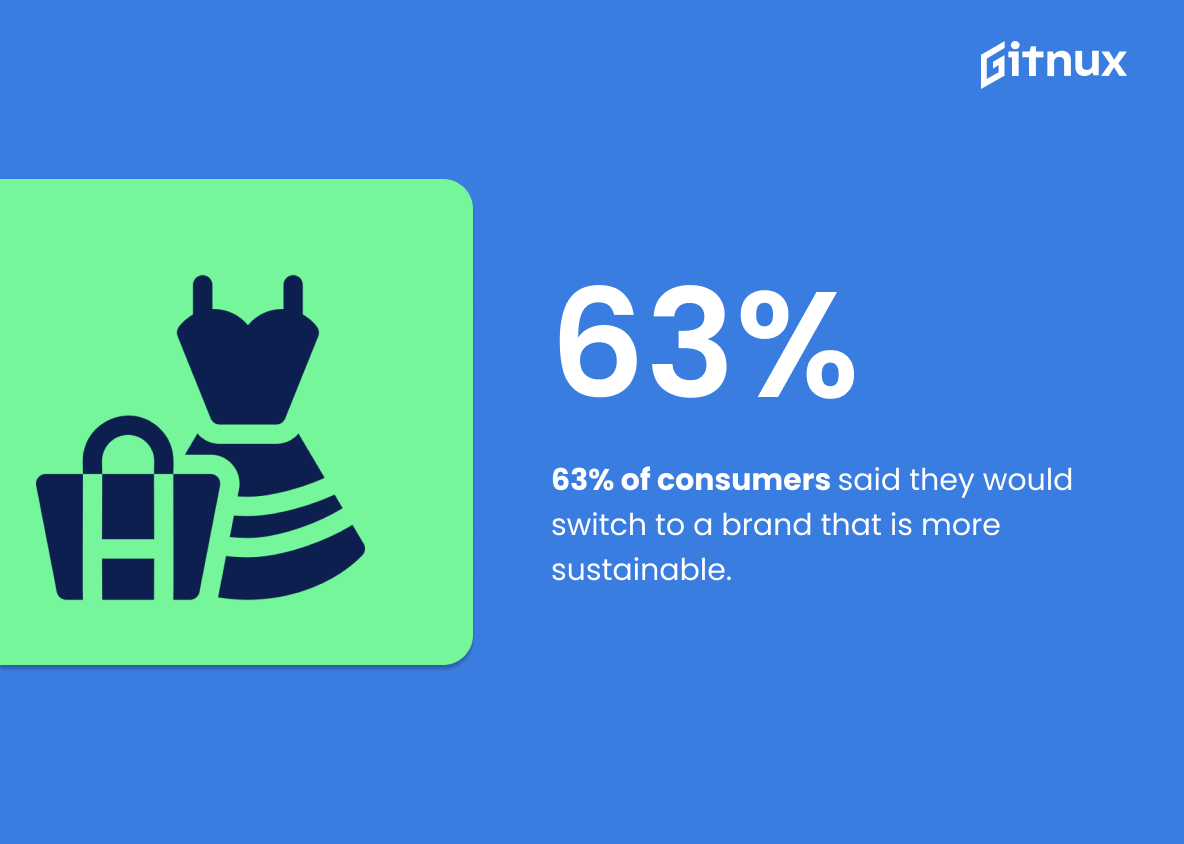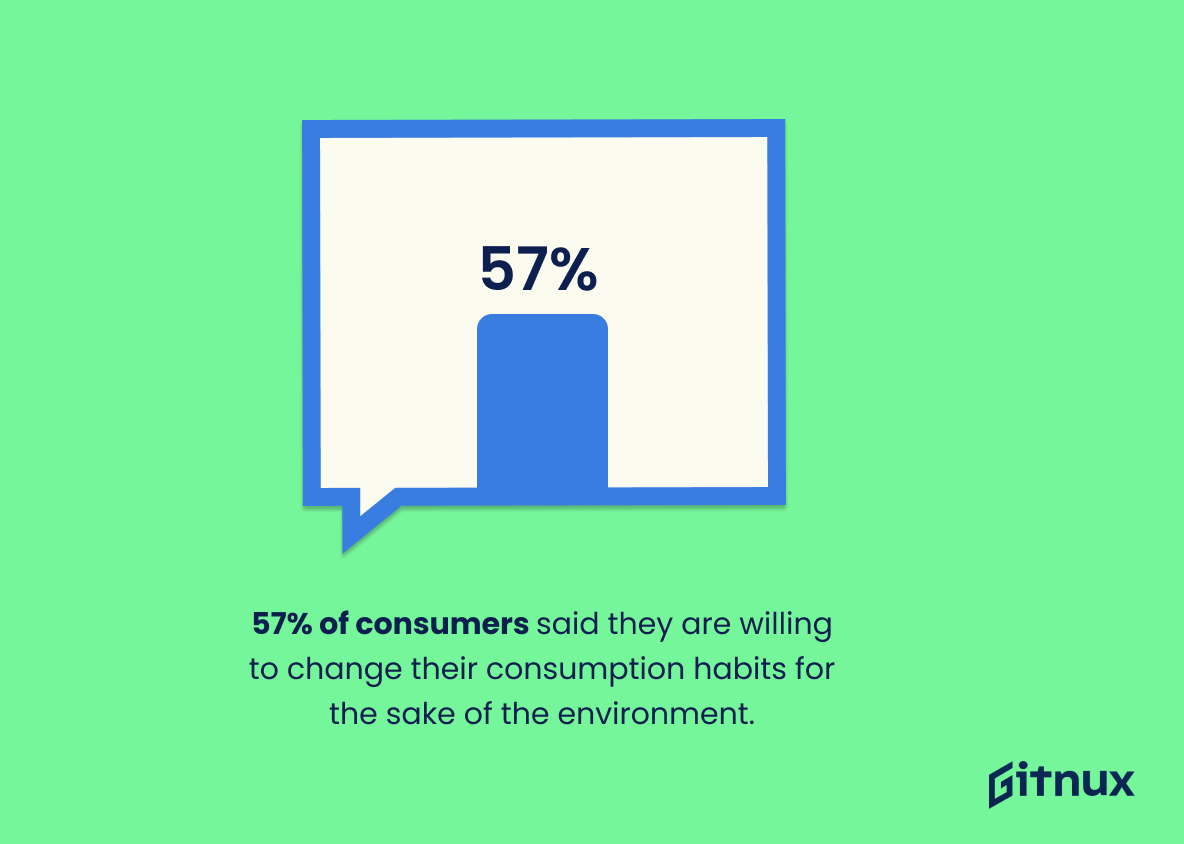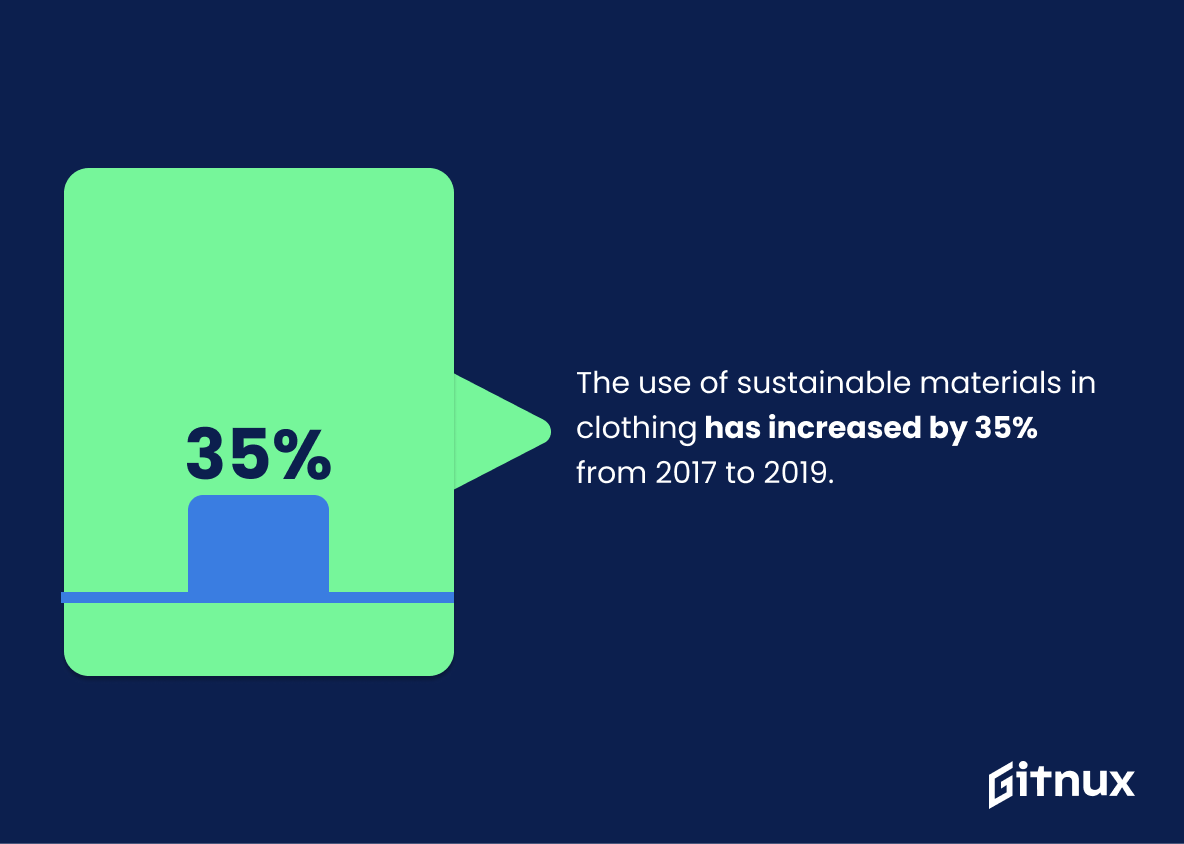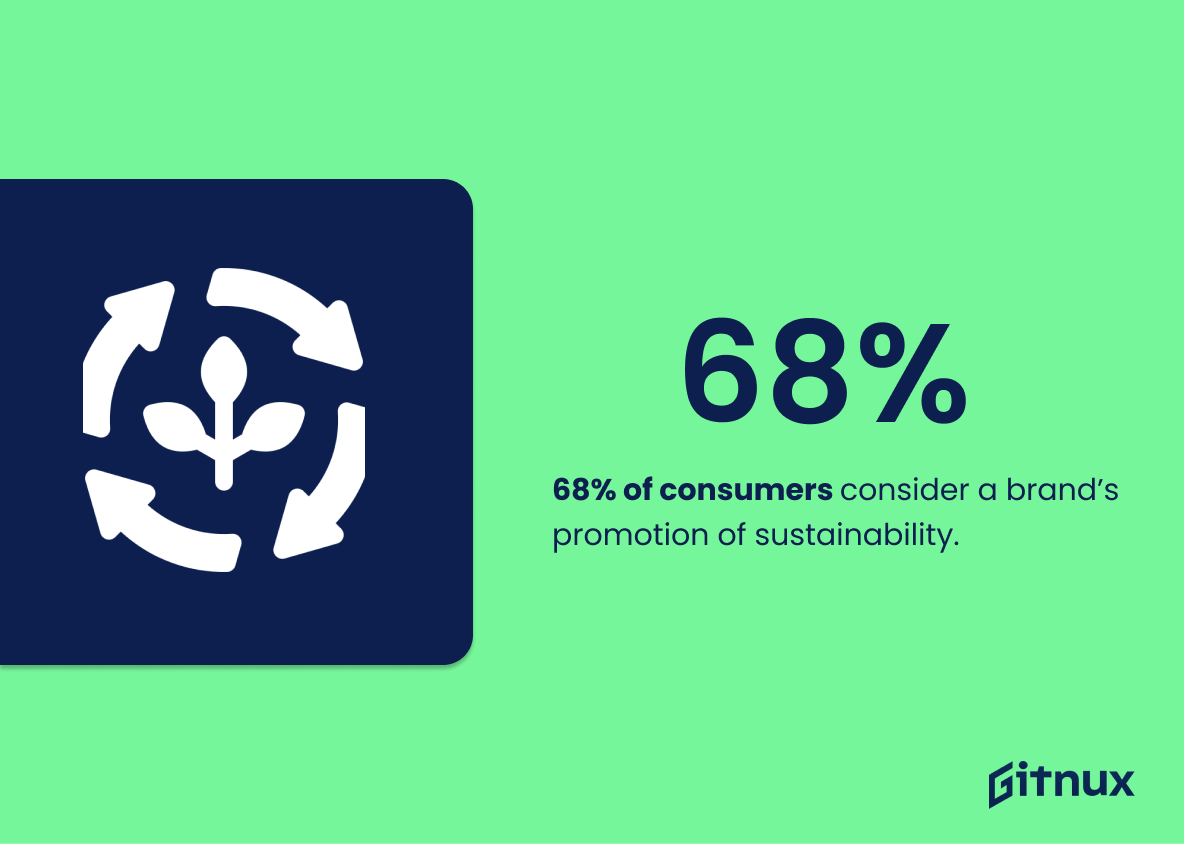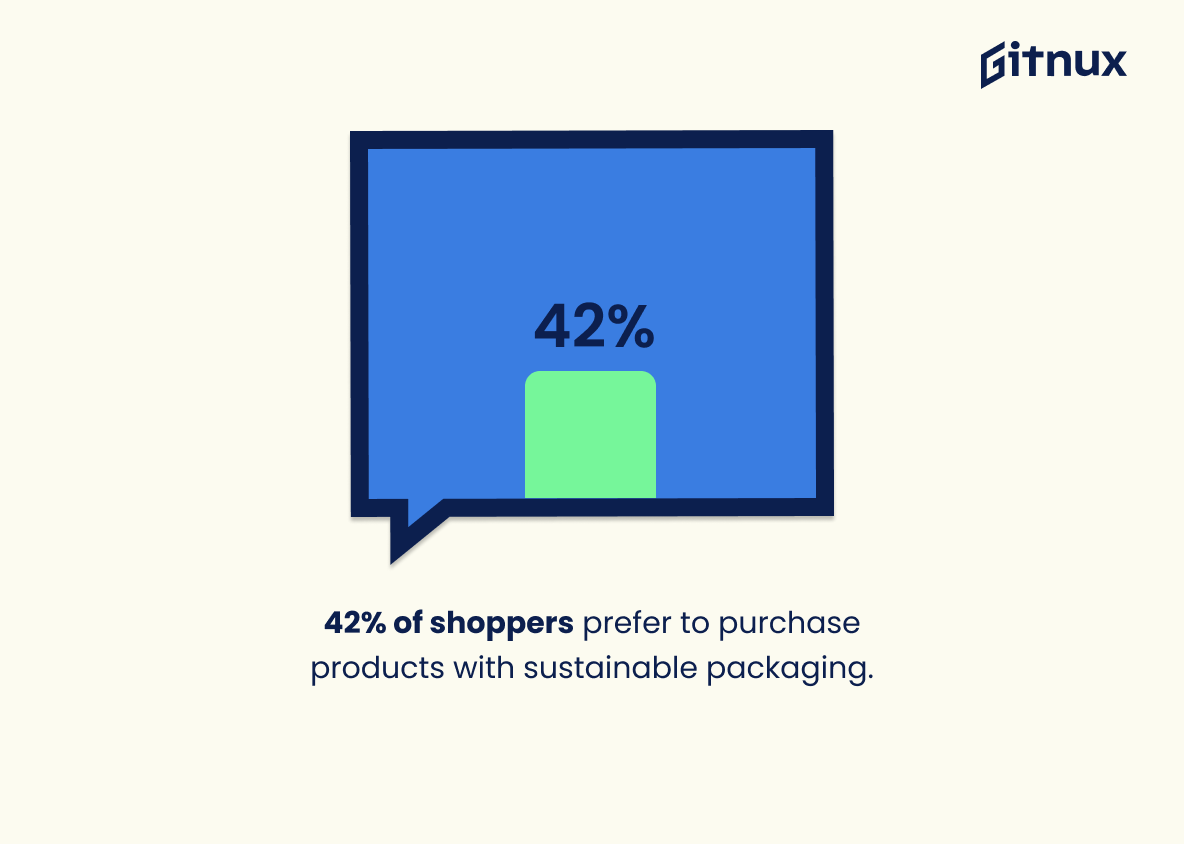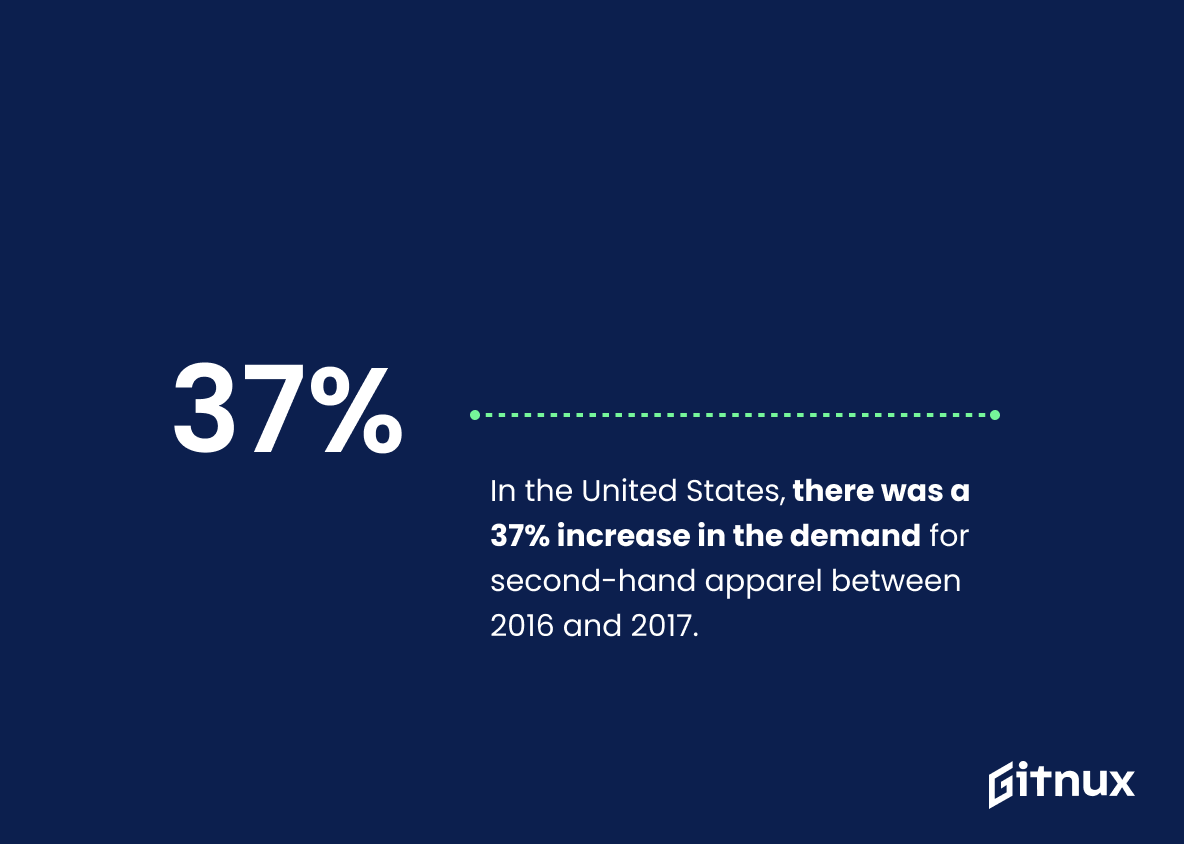Sustainable fashion is becoming increasingly important in today’s world. With the global population projected to reach 2.3 billion people by 2030, it is essential that we take steps towards a more sustainable future for our planet and its inhabitants.
This blog post will explore some of the most recent statistics on sustainable fashion, including how much carbon emissions are produced by the industry each year, what percentage of textiles end up in landfills, how much water can be saved through sustainability initiatives, and more.
We’ll also look at consumer attitudes towards sustainability and discuss why governments should introduce mandatory targets for this sector. By understanding these facts about sustainable fashion now, we can make informed decisions about our own consumption habits going forward – helping us all work together to create a better tomorrow.
This statistic is a stark reminder of the fashion industry’s immense contribution to global carbon emissions. It serves as a call to action for the fashion industry to take responsibility and make changes to reduce their environmental impact. It is a powerful reminder that sustainable fashion is not only a trend, but a necessity for the future of our planet.
60% of textiles are used in the clothing industry, and around 73% of these end up in a landfill.
This statistic is a stark reminder of the environmental impact of the clothing industry. It highlights the fact that the majority of textiles used in the clothing industry are not recycled, but instead end up in landfills, contributing to the global waste crisis.
Sustainable Fashion Statistics Overview
By 2030, the number of global fashion consumers is projected to increase by 38%, from 1.7 billion to 2.3 billion people.
This statistic is a powerful reminder of the immense potential of sustainable fashion. As the number of global fashion consumers increases, so too does the opportunity to make a positive impact on the environment through sustainable fashion practices. With 2.3 billion people projected to be fashion consumers by 2030, the potential for sustainable fashion to make a difference is immense.
Fast fashion produces 7.8 billion pieces of clothing per year, 150% more than in 2000.
This statistic is a stark reminder of the sheer amount of clothing that is produced each year due to the rise of fast fashion. It is a testament to the unsustainable practices of the fashion industry, which has seen a dramatic increase in production over the past two decades. This statistic serves as a call to action for the fashion industry to take steps towards sustainability and reduce the amount of clothing produced each year.
It takes about 2,700 liters of water to produce one cotton shirt.
This statistic is a stark reminder of the immense amount of water required to produce a single cotton shirt. It serves as a powerful illustration of the environmental impact of the fashion industry, and the urgent need for sustainable fashion practices.
95% of discarded clothing could be re-worn, reused, or recycled.
This statistic is a powerful reminder of the potential of sustainable fashion. It highlights the fact that a vast majority of discarded clothing can be given a second life, rather than being sent to landfill or incineration. This statistic serves as a call to action, encouraging us to take responsibility for our fashion choices and to make more sustainable decisions.
The sustainable fashion market is projected to reach USD 9.81 billion by 2027, growing at a CAGR of 9.1% in the predicted 2020–2027 timeframe.
This statistic is a testament to the growing importance of sustainable fashion, as it demonstrates the potential for the market to reach USD 9.81 billion by 2027. It also highlights the impressive CAGR of 9.1% in the predicted 2020–2027 timeframe, indicating that sustainable fashion is becoming increasingly popular and profitable. This statistic is a powerful reminder of the potential of sustainable fashion and its ability to make a positive impact on the environment.
63% of consumers said they would switch to a brand that is more sustainable.
This statistic is a powerful indicator of the growing importance of sustainability in the fashion industry. It shows that consumers are increasingly aware of the environmental impact of their clothing choices and are willing to make changes to support more sustainable brands. This is a clear sign that sustainable fashion is becoming more mainstream and that companies need to take steps to ensure their products are produced in an environmentally-friendly way.
57% of consumers said they are willing to change their consumption habits for the sake of the environment.
This statistic is a powerful indicator of the public’s commitment to sustainability. It shows that a majority of consumers are willing to make changes to their lifestyle in order to protect the environment. This is an encouraging sign for the sustainable fashion industry, as it suggests that there is a large potential customer base for eco-friendly fashion products.
Apparel consumption is projected to rise by 63% to 102 million tons by 2030.
This statistic is a stark reminder of the need for sustainable fashion practices. With apparel consumption projected to increase by such a large amount, it is essential that the fashion industry takes steps to reduce its environmental impact. If the industry fails to do so, the consequences could be dire.
The use of sustainable materials in clothing has increased by 35% from 2017 to 2019.
This statistic is a testament to the growing awareness of the importance of sustainable fashion. It shows that more and more people are taking steps to reduce their environmental impact by choosing clothing made from sustainable materials. This is a positive trend that should be celebrated and encouraged, as it is a step in the right direction towards a more sustainable future.
By 2025, the sustainable fashion market is expected to represent at least 10% of the luxury fashion sector.
This statistic is a powerful indicator of the growing importance of sustainable fashion in the luxury fashion sector. It shows that sustainability is no longer a niche concept, but is becoming increasingly mainstream. This is an encouraging sign for those who are passionate about sustainable fashion, as it suggests that the industry is taking the issue seriously and is investing in sustainable practices. It also serves as a reminder that sustainable fashion is an important part of the fashion industry, and that it is here to stay.
68% of consumers consider a brand’s promotion of sustainability.
This statistic is indicative of the growing importance of sustainability in the fashion industry. It shows that consumers are increasingly aware of the need for sustainable practices and are taking into account a brand’s commitment to sustainability when making purchasing decisions. This is a powerful message to fashion brands that sustainability is no longer an optional extra, but a necessity for success.
42% of shoppers prefer to purchase products with sustainable packaging.
This statistic is a powerful indicator of the growing trend of shoppers prioritizing sustainability when making purchases. It shows that more and more people are becoming aware of the environmental impact of their buying decisions and are actively seeking out products with sustainable packaging. This is an important statistic to consider when discussing sustainable fashion, as it demonstrates the potential for businesses to make a positive impact by offering sustainable packaging options.
In the United States, there was a 37% increase in the demand for second-hand apparel between 2016 and 2017.
This statistic is a testament to the growing trend of sustainable fashion. It shows that more and more people are becoming aware of the environmental and social impacts of the fashion industry and are choosing to purchase second-hand apparel instead of new items. This shift in consumer behavior is a positive step towards a more sustainable future.
The “green purchasing” decisions of consumers for apparel increased by 25% in 2020.
This statistic is a testament to the growing awareness of sustainable fashion among consumers. It shows that more and more people are making conscious decisions to purchase apparel that is environmentally friendly, which is a positive step towards a more sustainable future. This statistic is a reminder that the fashion industry is making progress towards sustainability, and that consumers are playing an important role in this shift.
Conclusion
The statistics presented in this blog post demonstrate the urgent need for sustainable fashion. The fashion industry is responsible for 10% of global carbon emissions, and 60% of textiles are used in clothing with 73% ending up in landfills. Sustainable fashion could save 160,000 Olympic-sized swimming pools of water by 2030 as the number of global consumers increases to 2.3 billion people.
Fast fashion produces 7.8 billion pieces per year and it takes 2,700 liters of water to produce one cotton shirt alone; 95% can be reworn or recycled instead but only 8 out 83 adults believe that government should introduce mandatory sustainability targets for the industry so far. Consumers have become more aware about their purchasing decisions – 63%, 66%, 57%, 68%, 42%. As a result, there has been an increase in demand for second hand apparel (37%) and green purchases (25%). It’s clear from these facts that we must take action now if we want to make sure our planet remains healthy enough to sustain us all into future generations.
References
0. – https://www.mckinsey.com
1. – https://www.fashionunited.com
2. – https://www.weforum.org
3. – https://www.strategy-business.com
4. – https://www.bcg.com
5. – https://www.nielsen.com
6. – https://www.greenbiz.com
7. – https://www.worldwildlife.org
8. – https://www.circle-economy.com
9. – https://www.globenewswire.com
10. – https://www.bain.com
11. – https://www.blog.globalwebindex.com
12. – https://www..deloitte.com
13. – https://www.prnewswire.com
14. – https://www.sustainyourstyle.org
15. – https://www.ellenmacarthurfoundation.org
